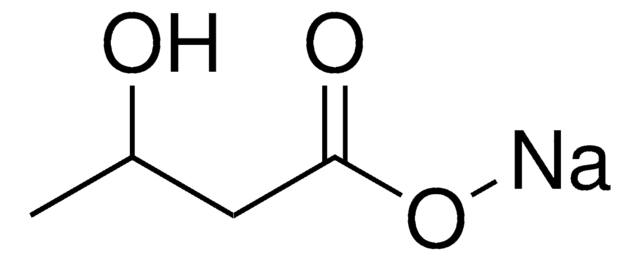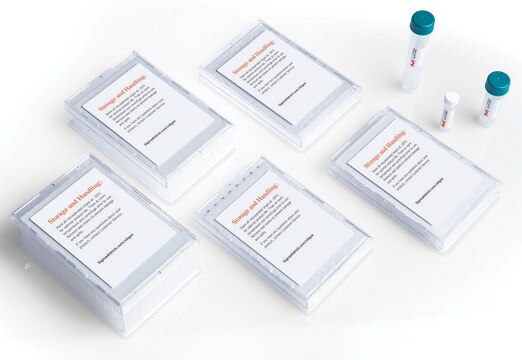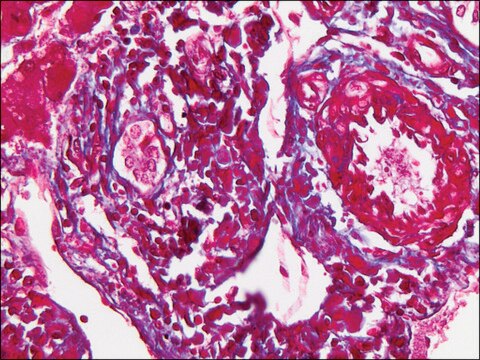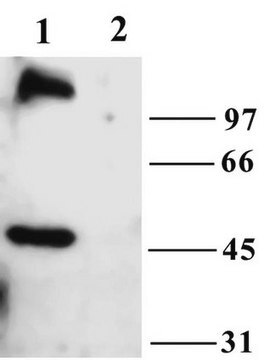MAK547
High Sensitivity Beta-Hydroxybutyrate (Ketone Body) Assay Kit

sufficient for 200 fluorometric tests
Sign Into View Organizational & Contract Pricing
All Photos(1)
About This Item
UNSPSC Code:
41116104
Recommended Products
application(s)
cosmetics
food and beverages
detection method
fluorometric
relevant disease(s)
endocrinological disorders, diabetes; gastrointestinal diseases
shipped in
dry ice
storage temp.
−20°C
Related Categories
General description
Ketone bodies are produced by the liver and used peripherally as an energy source when blood glucose levels drop. The two main ketone bodies are beta-hydroxybutyrate (β-HB) and acetoacetate, while acetone is the third abundant ketone body. Normally these two predominant ketone bodies are present in small amounts in the blood during fasting and prolonged exercise. In patients who have diabetes, alcohol or salicylate poisoning, hormone deficiency, childhood hypoglycemia and other acute disease states, large quantities of ketone bodies are found in the blood. The over-production and accumulation of ketone bodies in the blood (ketosis) can lead to pathological metabolic acidosis (ketoacidosis). Blood ketone testing methods that quantify β-HB, the predominant ketone body in the blood (approximately 75%) have been used for diagnosing and monitoring treatment of ketoacidosis.
The Beta-Hydroxybutyrate Assay Kit offers a sensitive fluorescent assay for measuring Beta-HB levels in biological samples. This assay is based on an enzyme coupled reaction of β-HB, in which the product NADH can be specifically monitored by a fluorescent NADH sensor. The detection limit of this assay kit is 1.4 µM β-HB in a 100 µL reaction volume.
The Beta-Hydroxybutyrate Assay Kit offers a sensitive fluorescent assay for measuring Beta-HB levels in biological samples. This assay is based on an enzyme coupled reaction of β-HB, in which the product NADH can be specifically monitored by a fluorescent NADH sensor. The detection limit of this assay kit is 1.4 µM β-HB in a 100 µL reaction volume.
Signal Word
Danger
Hazard Statements
Precautionary Statements
Hazard Classifications
Eye Dam. 1 - Resp. Sens. 1 - Skin Corr. 1B
Storage Class Code
8A - Combustible, corrosive hazardous materials
WGK
WGK 3
Certificates of Analysis (COA)
Search for Certificates of Analysis (COA) by entering the products Lot/Batch Number. Lot and Batch Numbers can be found on a product’s label following the words ‘Lot’ or ‘Batch’.
Already Own This Product?
Find documentation for the products that you have recently purchased in the Document Library.
Our team of scientists has experience in all areas of research including Life Science, Material Science, Chemical Synthesis, Chromatography, Analytical and many others.
Contact Technical Service





